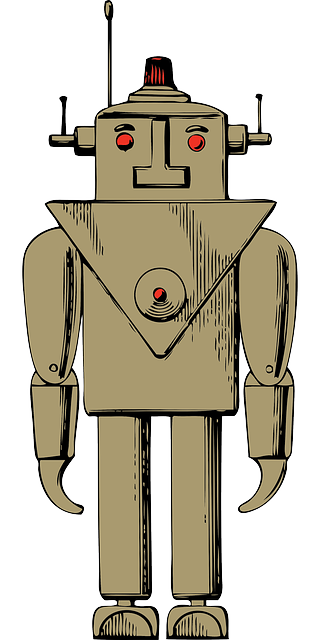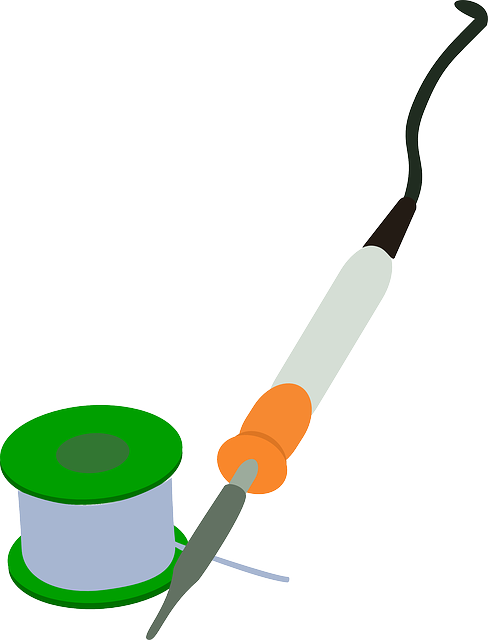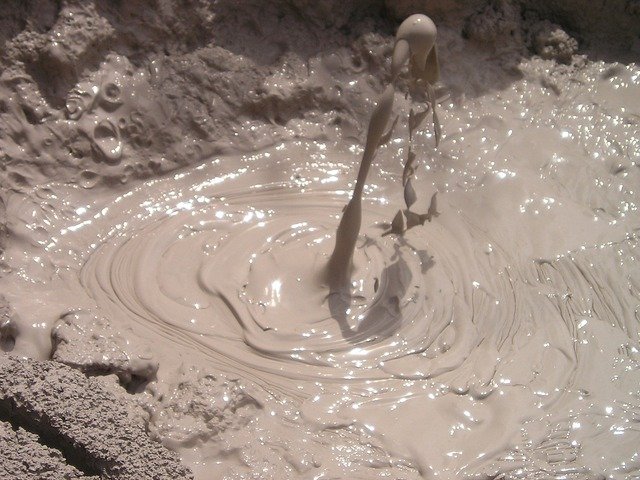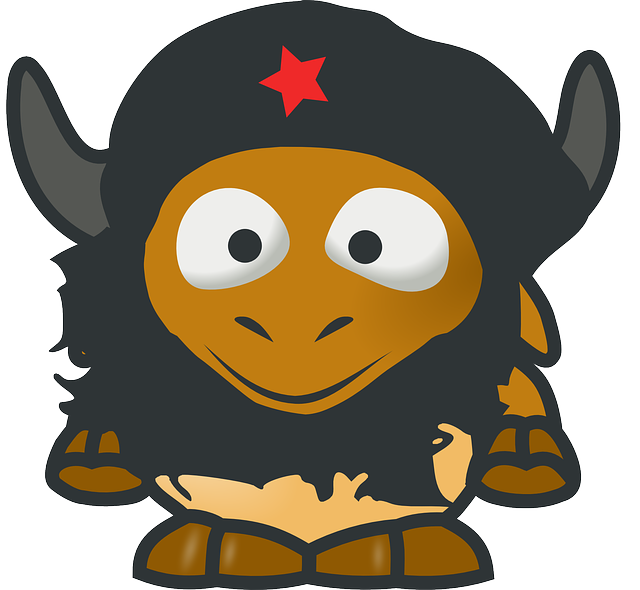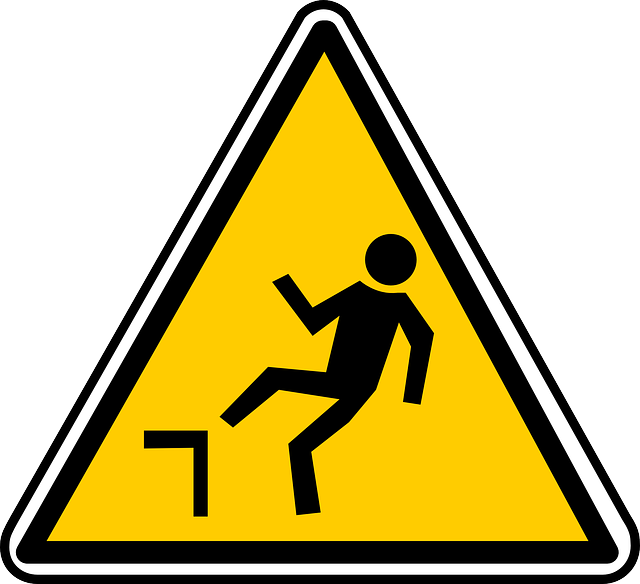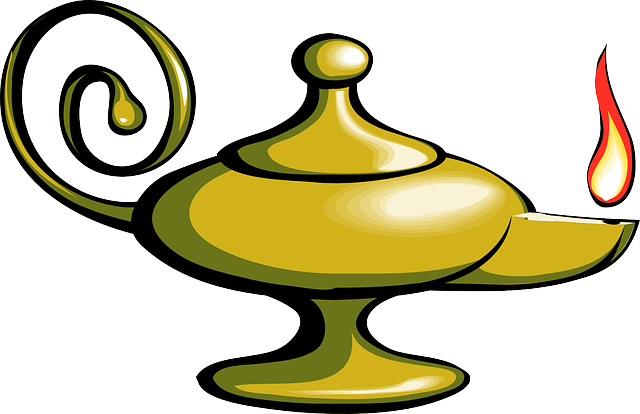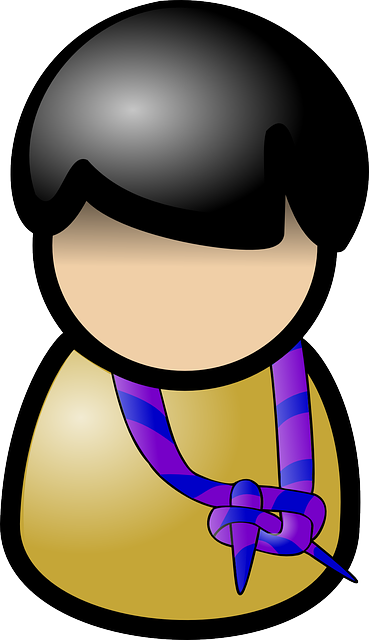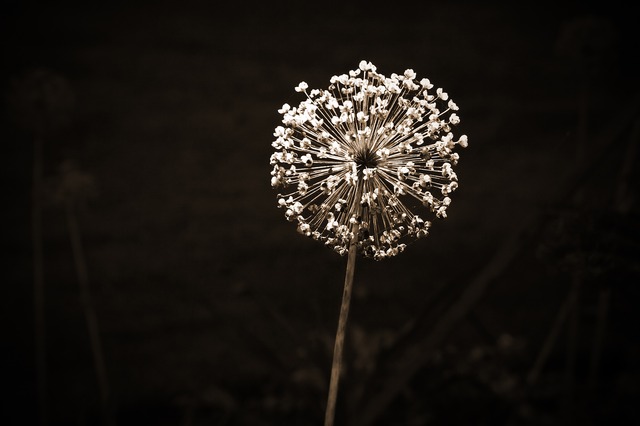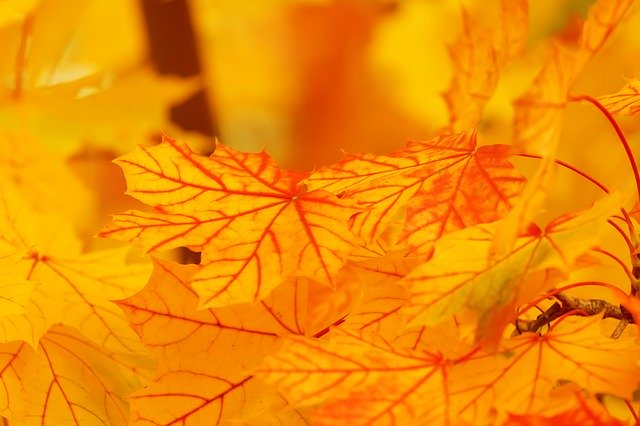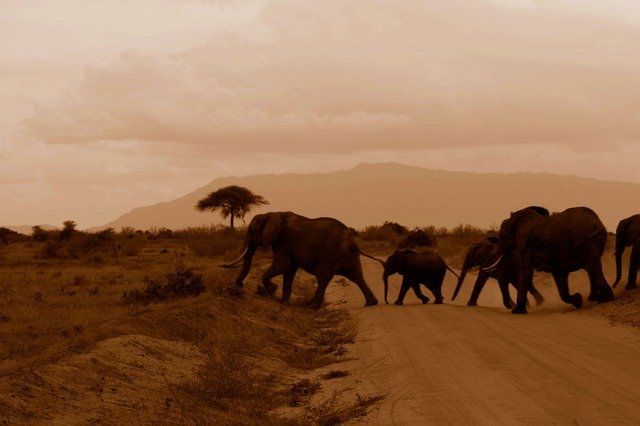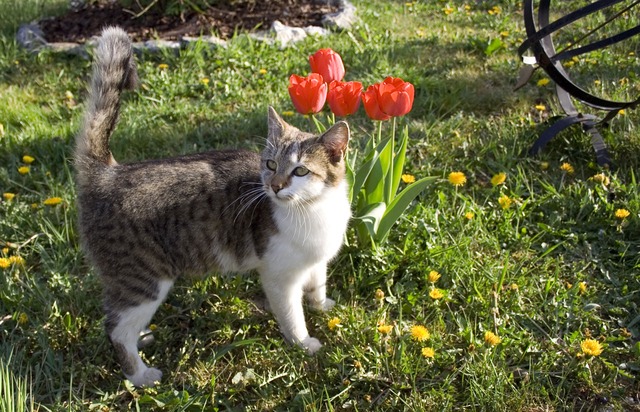قرةخواجة
|
مملكة قرةخواجة
| |||||||||||||
|---|---|---|---|---|---|---|---|---|---|---|---|---|---|
| 843–1132 (became a vassal of Western Liao) 1209 (Became a vassal of Mongols) Late 13th to mid 14th century (Completely conquered by Chagatai Khanate) | |||||||||||||
| المكانة | مملكة | ||||||||||||
| العاصمة | گاوتشانگ، Beshbalik | ||||||||||||
| اللغات الشائعة | Tocharian, Indo-Iranian and later Old Uyghur language | ||||||||||||
| الدين | Church of the East ("Nestorianism"), Manichaeism,Buddhism | ||||||||||||
| الحكومة | ملكية | ||||||||||||
| Idiqut | |||||||||||||
| التاريخ | |||||||||||||
• تأسست |
843 | ||||||||||||
• انحلت |
1132 (became a vassal of Western Liao) 1209 (Became a vassal of Mongols) Late 13th to mid 14th century (Completely conquered by Chagatai Khanate) |
||||||||||||
| |||||||||||||
|
تاريخ الشعوب التوركية قبل القرن 14 | |
|---|---|
| الخاقانية التوركية 552–744 | |
| التوركية الغربية | |
| التوركية الشرقية | |
| خاقانية الآڤار 564–804 | |
| خاقانية الخزر 618–1048 | |
| شوىيانتوو 628–646 | |
| بلغاريا الكبرى 632–668 | |
| بلغاريا الدانوب | |
| بلغاريا الڤولگا | |
| اتحاد قنغر 659–750 | |
| خاقانية تورگش 699–766 | |
| خاقانية الويغور 744–840 | |
| دولة قارلوق يابگو 756–940 | |
| خانية القرةخانات 840–1212 | |
| القرة خانات الغربيون | |
| القرة خانات الشرقيون | |
| مملكة ويغور گانسو 848–1036 | |
| مملكة قوچو 856–1335 | |
|
خانيات الپچنگ 860–1091 |
خانية كيمك 743–1035 |
|
القومان 1067–1239 |
دولة غز يابگو 750–1055 |
| أسر شاتوو 923–979 | |
| تانگ اللاحقة | |
| جين اللاحقة | |
| هان اللاحقة (هان الشمالية) | |
| السلطنة الغزنوية 963–1186 | |
| السلاجقة العظام 1037–1194 | |
| سلاجقة الروم | |
| سلطنة خوارزم 1077–1231 | |
| سلطنة دلهي 1206–1526 | |
| الأسرة المملوكية | |
| الأسرة الخلجية | |
| أسرة تغلق | |
| القبيل المضىي | 1240s–1502 | |
| السلطنة المملوكية (القاهرة) 1250–1517 | |
| المماليك البحرية | |
|
أسر توركية أخرى
في الأناضول | |
جزء من عن |
|---|
|
الفترة القديمة
|
|
العصور الوسطى
|
|
الفترة المتوسطة
|
قرةخواجة (الصينية التقليدية: 高昌回鶻; پنين: Gāochāng Húihú; حرفياً "Qocho Uyghurs", Mongolian ᠦᠶᠭᠦᠷ Uihur "id."), also known as Idiqut, ("holy wealth"; "glory") was a Tocharian-Uyghur kingdom created in 843.
It was reputedly founded by Uyghur refugees fleeing the destruction of the خاقانية الأويغور after having been driven out by the Yenisei Kirghiz. They made their summer capital in Qocho (also called Qara-Khoja, modern Gaochang District of Turpan) and winter capital in Beshbalik (modern Jimsar County, also known as Ting Prefecture). Its population is referred to as the "Xizhou Uyghurs" after the old Tang Chinese name for Gaochang, the Qocho Uyghurs after their capital, the Kucha Uyghurs after another city they controlled, or the Arslan (lion) Uyghurs after their king's title.
The Kingdom of Qocho's rulers trace their lineage to Qutlugh of the Ediz dynasty of the Uyghur Khaganate.
Timeline
In 843 a group of Uyghurs migrated southward under the leadership of Pangtele and occupied Karasahr and Kucha.
Ethnicity
While the Uyghur language is a Turkic language, James A. Millward claimed that the Uyghurs were generally "Mongoloid" (an archaic term meaning "appearing ethnically Eastern or Inner Asian"), giving as an example the images of Uyghur patrons of Buddhism in Bezeklik, temple 9, until they began to mix with the Tarim Basin's original, Indo-European-speaking "Caucasoid" inhabitants, such as the so-called Tocharians. Buddhist Uyghurs created the Bezeklik murals.
Please help improve this section by expanding it. Further information might be found on the talk page or at requests for expansion. (July 2018)
|
History
Conflict with the Kara-Khanid Khanate
The Buddhist Uyghurs came into conflict with their Muslim neighbors, notably the Kara-Khanid Khanate. Its ruler Sultan Satuq Bughra Khan razed Qocho's Buddhist temples.
Mahmud al-Kashgari's Three Turkic Verse Cycles recorded in order - in the Irtysh Valley, a defeat inflicted on "infidel tribes" at the hands of the Karakhanids, secondly, the Buddhist Uyghurs being attacked by the Muslim Turks, and finally, a defeat inflicted upon "a city between Tangut and China.", Qatun Sini, at the hands of the Tangut Khan.
Mahmud al-Kashgari insulted the Uyghur Buddhists as "Uighur dogs" and called them "Tats", which referred to the "Uighur infidels" according to the Tuxsi and Taghma, while other Turks called Persians "tat". While al-Kashgari displayed a different attitude towards the Turks diviners beliefs and "national customs", he expressed towards Buddhism a hatred in his Diwan where he wrote the verse cycle on the war against Uighur Buddhists. Buddhist origin words like toyin (a cleric or priest) and Burxān or Furxan (meaning Buddha, acquiring the generic meaning of "idol" in the Turkic language of al-Kashgari) had negative connotations to Muslim Turks.
The wars against Buddhist, shamanist, and Manichaean Uyghurs were considered a jihad by the Kara-Khanids.
Islam was the enemy of the Eastern Christian and Buddhist Turfan Uyghur Kingdom.
The Imams and soldiers who died in the battles against the Uyghur Buddhists and Khotan Buddhist Kingdom during the Tarim Basin's Islamification at the hands of the Karakhanids are revered as saints.
It was possible the Muslims drove some Uyghur Buddhist monks towards taking asylum in the Western Xia dynasty.
Mongol rule
Alans were recruited into the Mongol forces with one unit called the Asud or "Right Alan Guard", which was combined with "recently surrendered" soldiers, Mongols, and Chinese soldiers stationed in the area of the former kingdom of Qocho and in Beshbalik (now Jimsar County), the Mongols established a Chinese military colony led by Chinese general Qi Kongzhi.
Conquest by Muslim Chagatais
The Buddhist Uyghurs of the Kingdom of Qocho and Turfan were converted to Islam by conquest during a ghazat (holy war) at the hands of the Muslim Chagatai Khanate ruler Khizr Khoja (r. 1389-1399). Qocho and Turfan were viewed as part of "Khitay", which was a name for China. The 1390s war by Kizir Khoja's against the Uyghurs (Huihu) of Qoco (Qocho) is also considered a Jihad. As a consequence of the Jihad, the religion of Islam was forced on Qocho and this resulted in the city of Jiaohe being abandoned. The mujahideen of the Islamic Chagatai Khanate conquered the Uyghur and Hami was purged of the Buddhist religion which was replaced with Islam. The Islamic conversion forced on the Buddhist Hami state was the final event in the Islamization.
List of kings (idiquts)
There are numerous gaps in our knowledge of the Uyghur rulers of Qocho prior to the thirteenth century. The title of the ruler of Qocho was idiqut or iduq qut. In 1308, Nolen Tekin was granted the title Prince of Gaochang by the Emperor Ayurbarwada. The following list of rulers is drawn mostly from Turghun Almas, Uyghurlar (Almaty, 1992), vol. 1, pp. 180–85.
- 850–866: Pan Tekin
- 866–871: Boko Tekin
... - 940–948: Irdimin Khan
- 948–985: Arslan (Zhihai) Khan
... - 1126–????: Bilge (Biliege) Tekin
... - ????–????: Isen Tomur
... - 1208–1235: Baurchuq (Barchukh) Art Tekin
- 1235–1245: Qusmayin
- 1246–1255: Salun Tekin
- 1255–1265: Oghrunzh Tekin
- 1265–1266: Mamuraq Tekin
- 1266–1276: Qozhighar Tekin
- 1276–1318: Nolen Tekin
- 1318–1327: Tomur Buqa
- 1327–1331: Sunggi Tekin
- 1331–1335: Taypan (Taipingnu)
- 1335–1353: Yuelutiemur
- 1353–????: Sangge
Image gallery
Uyghur Khagan
Uyghur king from Turfan
Uyghur Prince from the Bezeklik murals
Uyghur noble from the Bezeklik murals
Uyghur noble from the Bezeklik murals
Uyghur Princesses from the Bezeklik murals
Uyghur Princes from the Bezeklik murals
Uyghur donor from the Bezeklik murals
Uyghur Manichaean Electae from Qocho
Uyghur Manichaean clergymen from Qocho
Manicheans from Qocho
Mural from a Nestorian temple in Qocho
See also
- Kara Del
- Ming–Turpan conflict
- History of the Uyghur people
- History of Xinjiang
- Ganzhou Uyghur Kingdom
References
- ^ Éric Trombert; Étienne de La Vaissière (2005). . École française d'Extrême-Orient. p. 299. ISBN .
-
^ Hansen, Valerie. "Les Sogdiens en Chine" (PDF).
|chapter=ignored (help) - ^ Stephen F. Teiser (1 April 2003). . University of Hawaii Press. pp. 55–. ISBN .
- ^ Marshall Cavendish Corporation (2006). Peoples of Western Asia. p. 364.
- ^ Bosworth, Clifford Edmund (2007). Historic Cities of the Islamic World. p. 280.
- ^ Borrero, Mauricio (2009). Russia: A Reference Guide from the Renaissance to the Present. p. 162.
- ^ Joint Centre for Asia Pacific Studies (1996). . Joint Centre for Asia Pacific Studies. p. 137.
- ^ Sir Charles Eliot (4 January 2016). . Sai ePublications & Sai Shop. pp. 1075–. GGKEY:4TQAY7XLN48.
- ^ Baij Nath Puri (1987). . Motilal Banarsidass Publ. pp. 77–. ISBN .
- ^ Charles Eliot; Sir Charles Eliot (1998). . Psychology Press. pp. 205–. ISBN .
- ^ Millward 2007, p. 46.
- ^ Millward 2007, p. 43.
- ^ . BRILL.ثمانية December 2014. pp. 895–. ISBN .
- ^ . Rhythms Monthly. 2006. p. 479. ISBN .
- ^ Robert Dankoff (2008). . Isis Press. p. 27. ISBN .
- ^ Harvard Ukrainian Research Institute (1980). . Harvard Ukrainian Research Institute. p. 151.
- ^ https://web.archive.org/web/20151118063834/http://projects.iq.harvard.edu/huri/files/viii-iv_1979-1980_part1.pdf p. 160.
- ^ Harvard Ukrainian Research Institute (1980). . Harvard Ukrainian Research Institute. p. 160.
- ^ Giovanni Stary (1996). . Harrassowitz Verlag in Kommission. pp. 17, 27. ISBN .
- ^ James Russell Hamilton (1971). . Éditions du Centre national de la recherche scientifique. p. 114.
- ^ . Masarykova univerzita. 2009. p. 66.
- ^ Egidius Schmalzriedt; Hans Wilhelm Haussig (2004). . Klett-Cotta. p. 956. ISBN .
- ^ http://www.asianpa.net/assets/upload/articles/LZnCyNgsTym1unXG.pdf https://www.asianpa.net/assets/upload/articles/LZnCyNgsTym1unXG.pdf https://tr.wikisource.org/wiki/Div%C3%A2n-%C4%B1_L%C3%BCgati%27t-T%C3%BCrk_dizini http://www.hasmendi.net/Genel%20Dosyalar/KASGARLI_MAHMUT_LUGATI.pdf http://www.slideshare.net/ihramcizade/divan-lugatitrk http://www.philology.ru/linguistics4/tenishev-97a.htm http://www.biligbitig.org/divanu-lugat-turk http://docplayer.biz.tr/5169964-Divan-i-luqat-it-turk-dizini.html http://turklukbilgisi.com/sozluk/index.php/list/7/,F.xhtml https://www.ceeol.com/search/article-detail?id=354765 https://www.ceeol.com/content-files/document-355264.pdf http://divanilugatitturk.blogspot.com/2016/01/c-harfi-divanu-lugat-it-turk-sozlugu_1.html https://plus.google.com/108758952067162862352 https://plus.google.com/108758952067162862352/posts/Ww2ce29Qfkz
- ^ Dankoff, Robert (Jan–Mar 1975). "Kāšġarī on the Beliefs and Superstitions of the Turks". Journal of the American Oriental Society. American Oriental Society. 95 (1): 69. doi:10.2307/599159. JSTOR 599159.
- ^ Robert Dankoff (2008). . Isis Press. p. 79. ISBN .
- ^ Jiangping Wang (12 October 2012). . Routledge. pp. xvi–. ISBN .
- ^ Jiangping Wang (12 October 2012). . Routledge. pp. xvi. ISBN .
- ^ Jianping Wang (2001). . Psychology Press. pp. xvi. ISBN .
- ^ Millward (2007), p. 43.
- ^ David Brophy (4 April 2016). . Harvard University Press. pp. 29–. ISBN .
- ^ Ruth W. Dunnell (January 1996). . University of Hawaii Press. p. 54. ISBN .
- ^ Morris Rossabi (1983). . University of California Press. pp. 255–. ISBN .
- ^ James A. Millward (2007). . Columbia University Press. pp. 69–. ISBN .
- ^ Hamilton Alexander Rosskeen Gibb; Bernard Lewis; Johannes Hendrik Kramers; Charles Pellat; Joseph Schacht (1998). . Brill. p. 677.
- ^ . Archaeology Publications. 2002. p. 72.
- ^ . Rhythms Monthly. 2006. pp. 480–. ISBN .
- ^ Jiangping Wang (12 October 2012). . Routledge. pp. xvi–. ISBN .
- ^ Jianping Wang (2001). . Psychology Press. pp. xvi–. ISBN .
- ^ As duplicated and augmented in George Qingzhai Zhao, Marriage as Political Strategy and Cultural Expression: Mongolian Royal Marriages from World Empire to Yuan Dynasty (Peter Lang, 2008), p. 165–66, 174–76.
Bibliography
- Asimov, M.S. (1998), History of civilizations of Central Asia Volume IV The age of achievement: A.D. 750 to the end of the fifteenth century Part One The historical, social and economic setting, UNESCO Publishing
- Barfield, Thomas (1989), The Perilous Frontier: Nomadic Empires and China, Basil Blackwell
- Benson, Linda (1998), China's last Nomads: the history and culture of China's Kazaks, M.E. Sharpe
- Bregel, Yuri (2003), An Historical Atlas of Central Asia, Brill
- Bosworth, Clifford Edmund (2000), The Age of Achievement: A.D. 750 to the End of the Fifteenth Century - Vol. 4, Part II : The Achievements (History of Civilizations of Central Asia), UNESCO Publishing
- Bughra, Imin (1983), The history of East Turkestan, Istanbul: Istanbul publications
- Drompp, Michael Robert (2005), Tang China And The Collapse Of The Uighur Empire: A Documentary History, Brill
- Golden, Peter B. (2011), Central Asia in World History, Oxford University Press
- Haywood, John (1998), Historical Atlas of the Medieval World, AD 600-1492, Barnes & Noble
- Latourette, Kenneth Scott (1964), The Chinese, their history and culture, Volumes 1-2, Macmillan
- Mackerras, Colin (1990), "Chapter 12 - The Uighurs", in Sinor, Denis, The Cambridge History of Early Inner Asia, Cambridge University Press, pp. 317–342, ISBN 0 521 24304 1
- Mergid, Toqto'a (1344), History of Liao
- Millward, James A. (2007), Eurasian Crossroads: A History of Xinjiang, Columbia University Press
- Mackerras, Colin, The Uighur Empire: According to the T'ang Dynastic Histories, A Study in Sino-Uighur Relations, 744-840. Publisher: Australian National University Press, 1972. 226 pages, ISBN 0-7081-0457-6
- Rong, Xinjiang (2013), Eighteen Lectures on Dunhuang, Brill
- Sinor, Denis (1990), The Cambridge History of Early Inner Asia, Cambridge University Press, ISBN 978-0-521-24304-9
- Soucek, Svat (2000), A History of Inner Asia, Cambridge University Press
- Xiong, Victor (2008), Historical Dictionary of Medieval China, United States of America: Scarecrow Press, Inc., ISBN 0810860538, https://www.amazon.ca/Historical-Dictionary-Medieval-Victor-Cunrui/dp/0810860538/ref=sr_1_1?ie=UTF8&qid=1438312041&sr=8-1&keywords=historical+dictionary+of+medieval+china
- Xue, Zongzheng (1992), Turkic peoples, 中国社会科学出版社
للاستزادة
- Chotscho : vol.1
- Moriyasu Takao, 'The Sha-Chou [Dunhuang] Uighurs and the West Uighur Kingdo', Acta Asiatica: Bulletin of the Institute of Eastern Culture, No. 78



